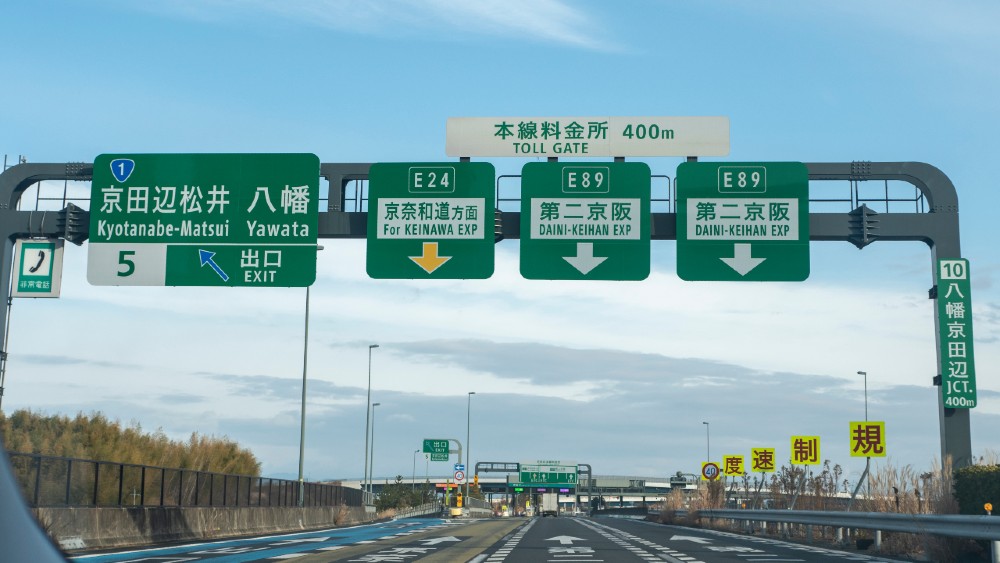Tips For Driving Safely in Japan
February 10 2022
1.35 million people worldwide die each year as a result of car accidents in road car crashes. Tourists who visit other countries typically have their transportation taken care of. However, expats, students, and other long-term visitors may need to learn the best ways to go around a new city. They may also need to know how to drive safely when they are in another country. Here are some tips to remember to help you stay safe on international roads.

Motorway signs in Japan are always in English as well as Japanese.
Do Your Research
If you intend to drive in another country, find out what their requirements are. Some countries require an international driving permit (IDP) aside from the driver's license issued by your home country. In Japan, the type of license or permit that you'll need will depend on the country you are from and how long you'll be staying in Japan. If you're going to be in Japan for more than one year elapses, you'll need to obtain a Japanese driver's license.
Familiarize yourself with local laws. This could range from which side of the street to drive on (the left!) to toll fees at certain times of the day on certain roads to other regulations that may differ from one place to another. Getting an idea of the driving culture will also be helpful.
Plan Ahead
Road conditions, the effect of weather on traffic, and who you share the road with may be vastly different from what you're used to. Planning your route will give you an idea of what to expect. You may be driving along a road where wildlife passes through as well. It is also possible that the thoroughfare you will be traveling through floods following moderate rainfall. Gas stations and service areas may be few and far in between. Planning ahead will help you save time and avoid car breakdowns.

A few examples of common Japanese road signs.
What To Do If You Are In An Accident
Just like you would do in your home country, the first thing you should do is to ensure that you and/or your passengers are all right. Get to a safe place and contact the local authorities. Take photos of the accident and damages. If possible, write down details of the accident. These will be valuable as you relate what happened to the police, for insurance claims, or for your injury attorney in case you want to file a lawsuit for damages and injuries.
Do Not Forget “The Usual” Safety Precautions
Make sure that your vehicle is regularly maintained. Check the tire pressure and lights and wipers are working before driving off. Drivers and passengers must always wear seatbelts. Use the appropriate child seats for children. If you are riding a motorcycle, wear a helmet. Avoid overcrowded and overweight buses and trucks. Do not drink and drive.
It is also best to be well-prepared for an emergency. Always have an emergency kit in your vehicle. This may include jumper cables, tools, tow rope, water, blanket, and first aid implements. A road map is also essential as GPS technology may not always work.
Related content
